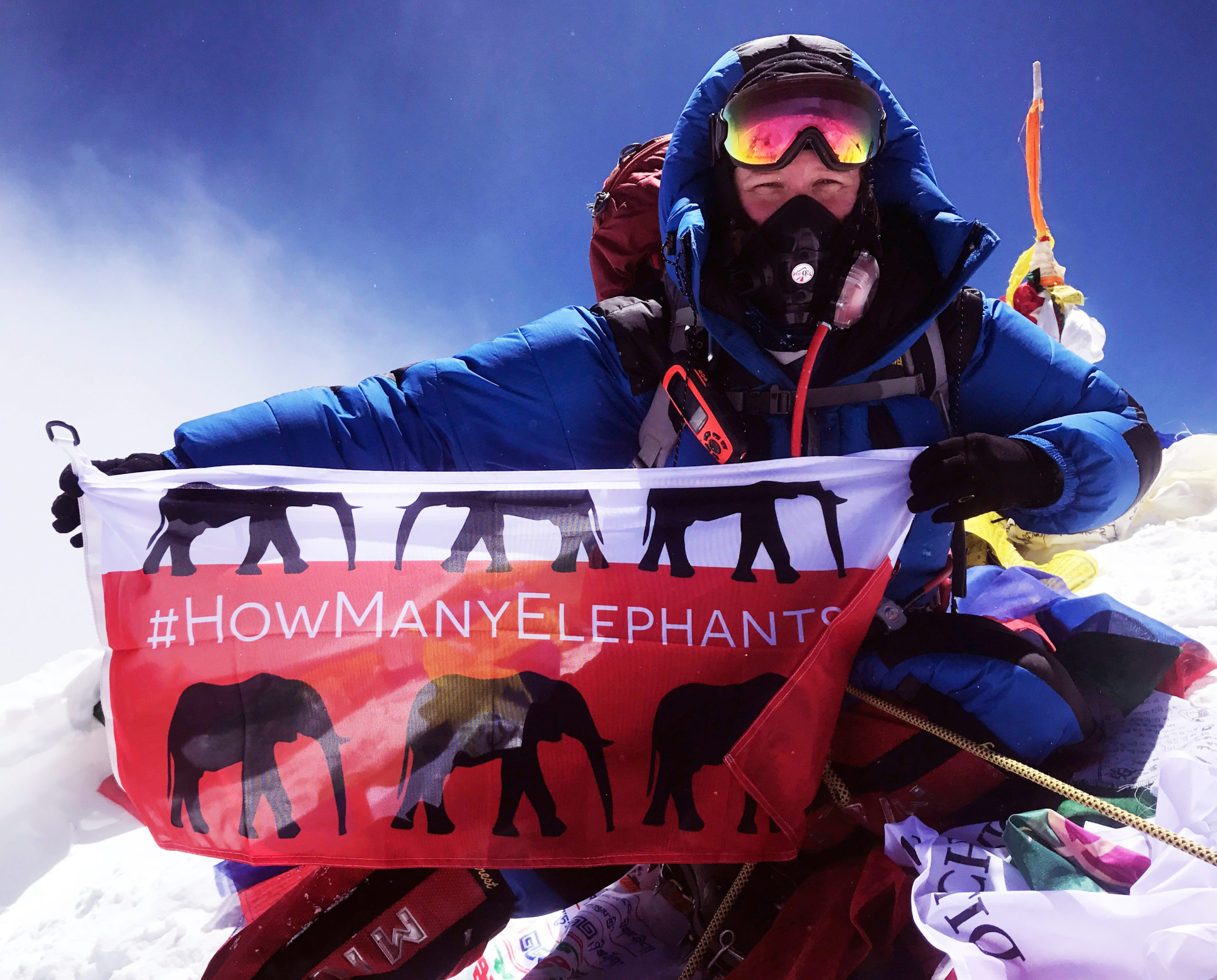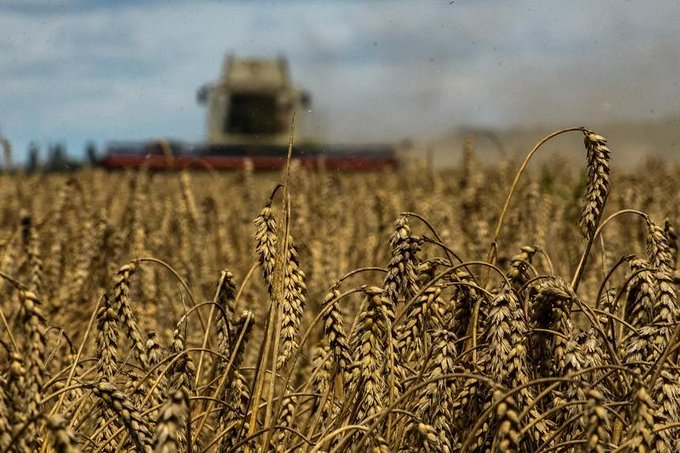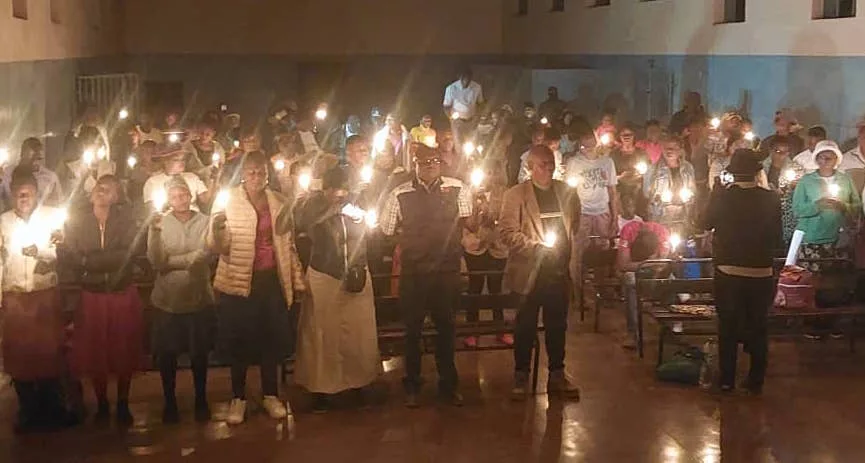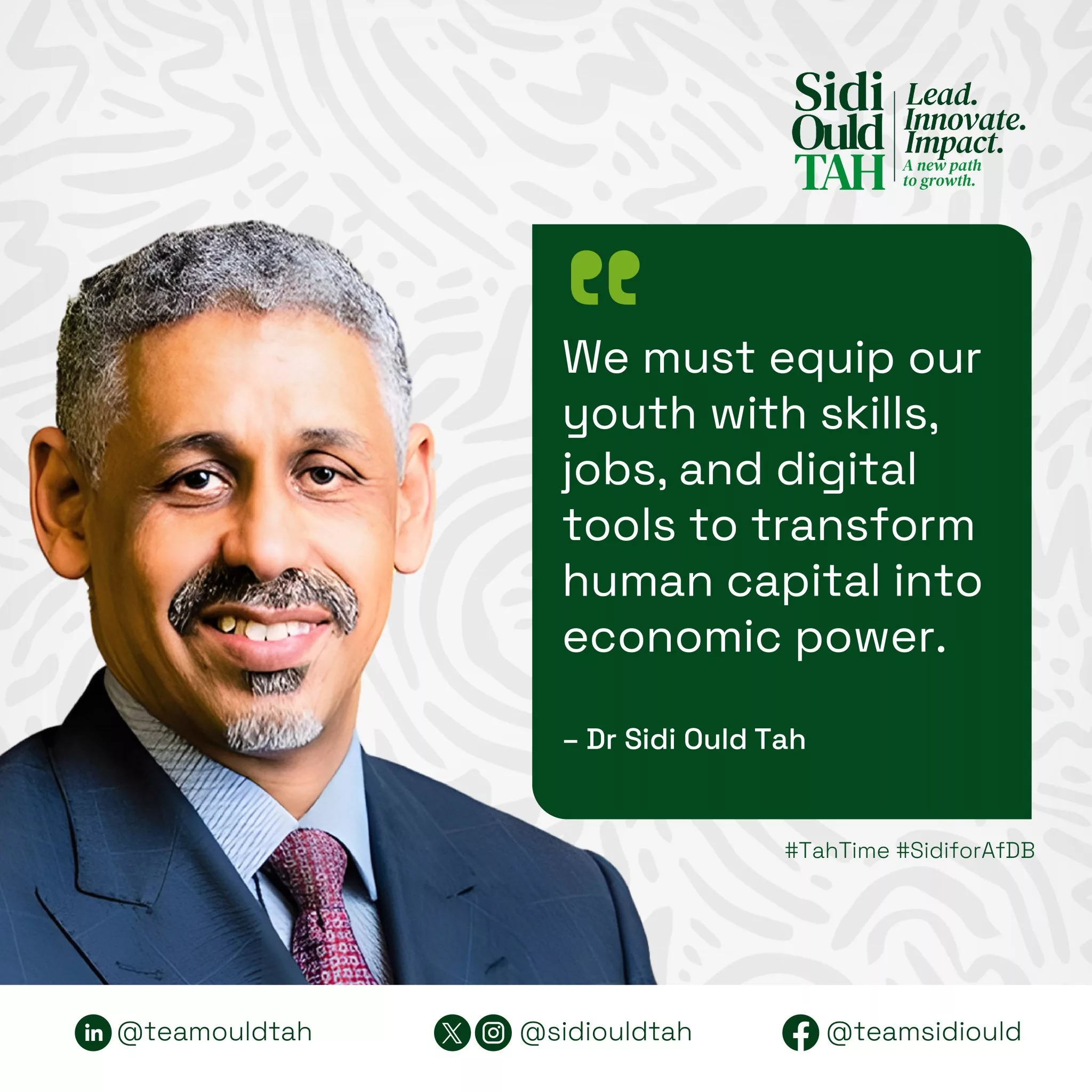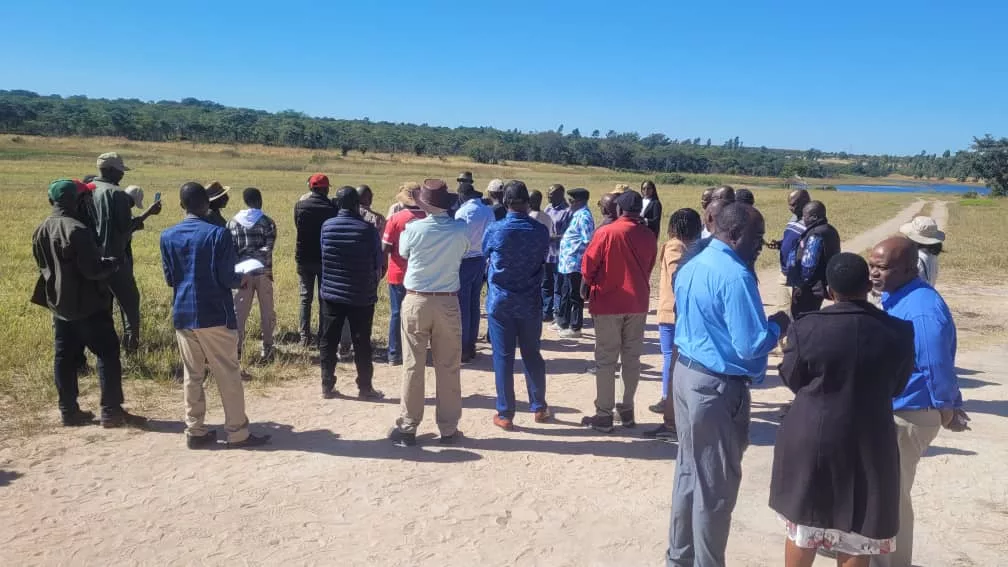|
Getting your Trinity Audio player ready...
|
World-renowned adventurer Holly Budge has launched the World Female Ranger Week (June 23-30th, 2022) to amplify the impact of female wildlife rangers on a global stage.
This ground-breaking global awareness week, spearheaded by international NGO, How Many Elephants (HME) celebrates and supports female wildlife rangers – They’re bold, changing the game and paving the way for women to stand alongside men at the forefront of conservation, but they need allies.
Building on their success of World Female Ranger Day last year, which reached over 366 million viewers worldwide, HME says, “one day wasn’t enough for us to cover the many inspirational stories of female rangers.”. The pioneering World Female Ranger Week (WFRW), sponsored by the Globe Foundation, will include online and live events, plus a fundraising platform – http://www.worldfemalerangerweek.org – to raise vital funds for the ranger teams and share the rangers’ stories.
As champions of wildlife conservation, role models, educators, and beacons of hope, female rangers are not only transforming attitudes towards the role of women around the world; they are showing the capabilities and success of females in traditionally male roles. However, less than 11% of the global wildlife ranger workforce is female. With women being natural communicators, and protectors and investing their earned income in their families, bringing gender equality into the workforce enhances community conservation efforts and relationships.
The founder of How Many Elephants and World Female Ranger Week, Holly Budge says, “having patrolled with multiple ranger teams across Africa, I’ve seen first-hand how these bold women are impacting lives; Protecting wildlife, uplifting communities, and empowering other women. WFRW highlights the significant gender imbalance in environmental conservation. My team and I will continue collating gender-specific data about female rangers globally, enabling us to identify their needs, find tangible solutions, and help build effective policies to contribute towards positive outcomes; for female rangers and conservation as a whole.”
Over the last two years, the pandemic has crippled tourism and funding for conservation projects globally. The lack of tourists visiting National Parks has led to many rangers losing their jobs or having significant salary cuts. The knock-on effect of this is huge. For example, one ranger in Africa may support up to 16 family members. Additionally, reduced vigilance in tourist hotspots has left wildlife even more vulnerable to poaching.
So, the often-challenging work of rangers is paramount right now. Day and night, female rangers patrol wilderness areas, monitoring wildlife, seizing snares, working with communities and in some cases, arresting poachers, all to save iconic species from extinction. They are away from their families for long periods, sometimes facing workplace security issues and battling social stigma. Many of these inspirational women have overcome adversity, poverty, and marginalisation. Becoming a ranger has empowered them, turned them into breadwinners and property owners, and has allowed them access to higher education and much-needed healthcare.
Holly and her team have identified over 4500 female rangers in 18 African countries so far, and over 5500 female rangers around the world, including in Guyana, China, Sri Lanka, Indonesia, India, Tasmania, Venezuela, and Scotland to mention a few.
Meet some of the women who give their all to protect wildlife from extinction.
- India: Purnima Barman
The Greater Adjutant stork used to be called many things: ugly, filthy, a disease-carrying pest, a bad omen. Habitat loss, poaching and poisoning are major threats to Greater Adjutant Storks. Purnima began her work with rural communities in Assam, India. Her ‘Hargila Army’ has adopted and celebrates the bird — a gentle giant that typically stands at a height of 5 feet — and has helped turn it into a cultural icon in the state. It, in turn, has turned her into an icon as well. From small beginnings, Barman has built a network of 10,000 rural women as the Hargila Army all committed to protecting this stork and spreading the word about why it is precious. By associating positive festivities with the bird, Barman believes, she fostered a pride in the rare stork. “Today many women join because it is a matter of prestige to be a part of the Hargila Army.”
- Kenya: Caren Yegon Cheptoo
Caren (21) is a Maasai woman, a female wildlife ranger employed by the Mara Elephant Project and the first recipient of the World Female Ranger Award by How Many Elephants. She was noted as a “top 1%” recruit and is now leading the Sheldrick Trust Mau De-Snaring Unit in the Mau Forest in Kenya to combat illegal logging and bushmeat poaching. Since June 2020, Caren’s team have arrested 90 suspects for unlawful habitat destruction, destroyed 17 kilns, confiscated 56 bags of charcoal and 4,311 illegal posts, trees or timbers. They’ve also arrested eight suspects for bushmeat poaching and removed 182 snares and seized 39 kg of bushmeat.
- Zambia: Janet Sakala
Janet (35) is a ranger/dog handler in the K9 Unit for Conservation South Luangwa. Sadly, when Janet was 15 years old, she lost both her parents and was no longer able to go to school. Becoming a ranger has enabled her to become the breadwinner and be able to support her relatives. “One of the biggest challenges I face as a female ranger is that my ideas are not always heard. Communities here in Zambia often consider men to be superior to women and can easily discount the views and ideas of women. We know we are sharing this experience, and whilst we have not overcome this challenge, we know we can if we stay strong.”
- Uganda: Sarah Nemigisha
Sarah (36) is a Ranger Guide in Kibale National Park in Uganda, where she takes tourists on nature walks to teach them about chimpanzees. She monitors the wildlife, and the forest and works closely with local communities. The population of chimpanzees is increasing because the rangers have worked hard to educate the communities about the benefits of conserving the forest and the wildlife and this has greatly reduced the poaching. “I enjoy being a ranger but there are definitely challenges. Sometimes there is harassment, denial of opportunities and promotions, no uniform dresses for pregnant rangers, deployment in hard to reach areas and a lack of gender balance. My message to fellow female rangers is to keep aiming high so that we can encourage younger women to join us and not to be scared to pursue this line of work. I’m very happy and grateful to be a part of World Female Ranger Week.”
- South Africa: Tsakane Nxumalo
Tsakane (26) is a ranger in the all-female Black Mambas Anti-Poaching Unit in South Africa and a role model in her community. In the course of duty, the rangers face danger from poachers and wild animals. She says, “at first, people were sceptical that we, women, could do this traditionally male job and be good at it. Now we have their full support.”
To shine a light on the impact female rangers are making, the Akashinga Rangers in Zimbabwe have
ran a total of 208 operations in the areas they protect and deploy patrol missions. As a result of successfully executing these operations, they were able to contribute to a total of 351 arrests, confiscate 11 illegal weapons from poachers, destroy 341km of illegal monofilament fishing net found along the Zambezi Valley and impound 99 boats.
WFRW Ambassador, Dr Gladys Kalema-Zikusoka, says “I’m delighted to support World Female Ranger Week. Gender equity in the conservation arena is such an important and prevalent topic. There is still much work to do but World Female Ranger Week plays a key role in raising awareness of the work of female rangers and women in conversation in the broader picture.”
HME supports the UN Sustainable Development Goals (SDGs). HME hopes WFRW is the start of a long-standing campaign to support female-led conservation efforts across the globe and increase gender diversity in ranger teams.
HME is seeking long-term strategic partnerships to expand the campaign’s reach to strengthen the support of female rangers. Businesses and individuals can set up fundraising pages via worldfemalerangerweek.org. For updates, follow @worldfemalerangerweek on Instagram and Facebook, @femalerangerwk on Twitter, or use the hashtag, #worldfemalerangerweek.
About How Many Elephants
UK registered charity, How Many Elephants (1186238), is a powerful design-led awareness campaign and innovative in its 100% non-gory approach. It showcases the annual poaching rate of 35,000 elephants in Africa in a visual exhibition to inspire and educate a global audience about the devastating impacts of the ivory trade. How Many Elephants collaborates with and supports female rangers on the front line in Africa. Read more at www.howmanyelephants.org
About Holly Budge, Founder of How Many Elephants & World Female Ranger Week.
Holly Budge is a world-class adventurer and conservationist, who has been supporting female rangers in Africa for almost a decade. She has earned the rare privilege of patrolling on the front line with multiple all-female and mixed ranger teams across Africa. Voted as “the most innovative woman in non-profit” in 2021, Holly is the first woman to skydive Everest and has summited Everest. Through her adventures, she has fundraised over £400K. She founded her NGO ‘How Many Elephants’ in 2013 while studying for a Master’s in Sustainable Design and her work has since been praised by Sir David Attenborough. Read more at www.hollybudge.com
Links:


